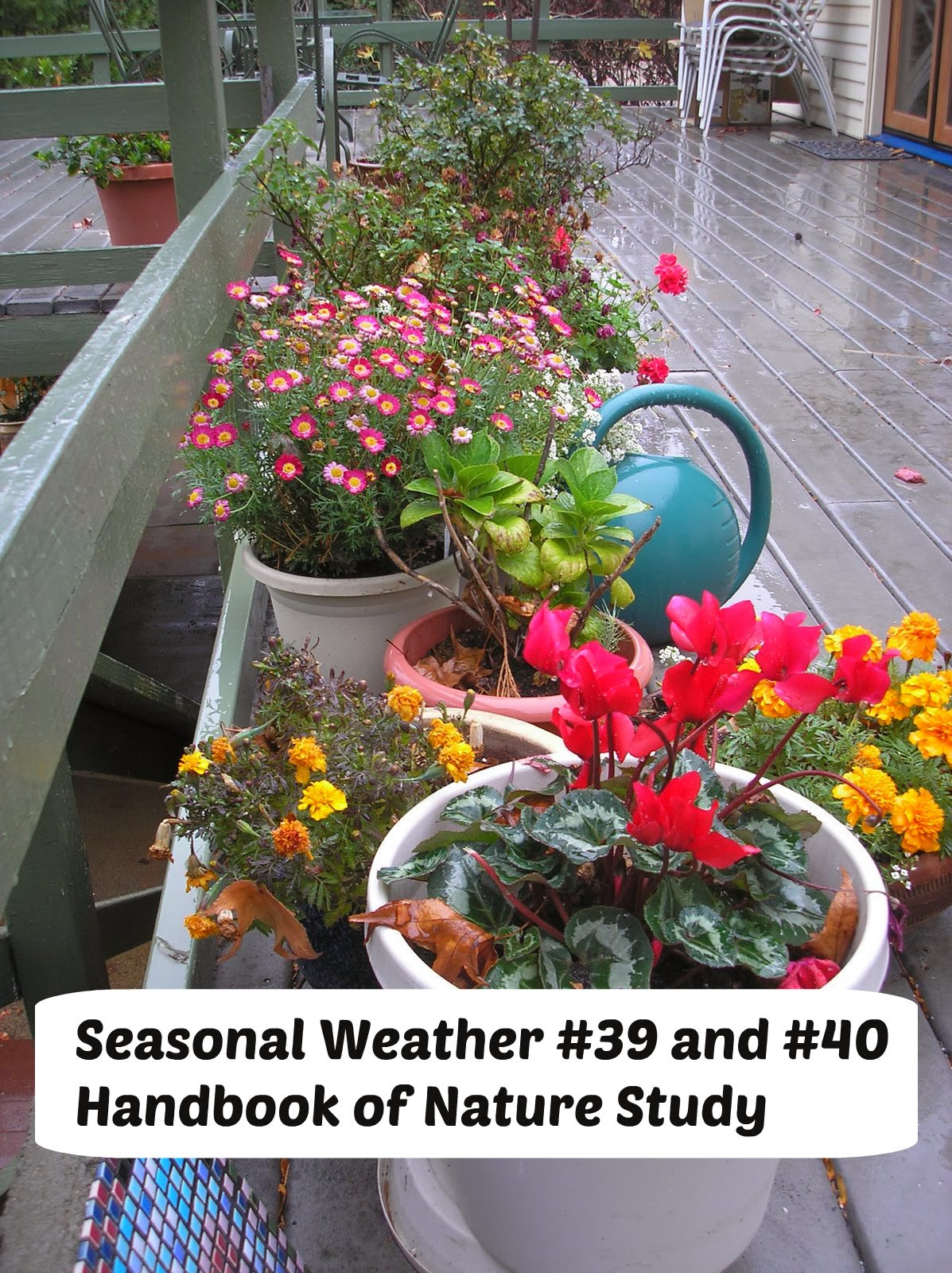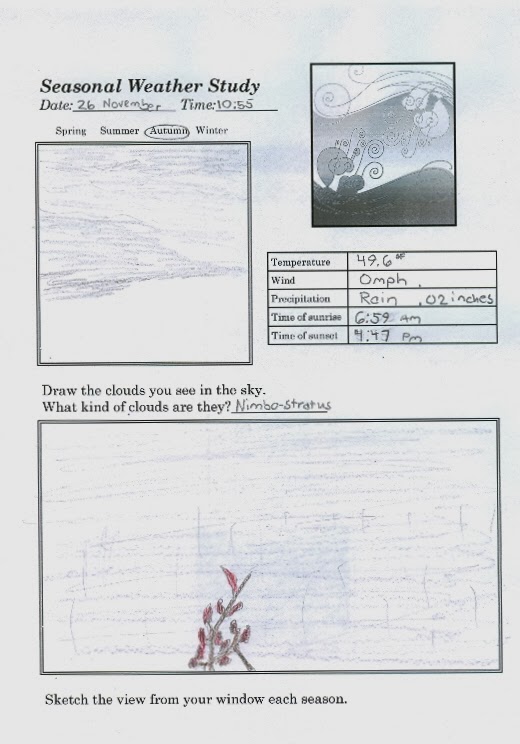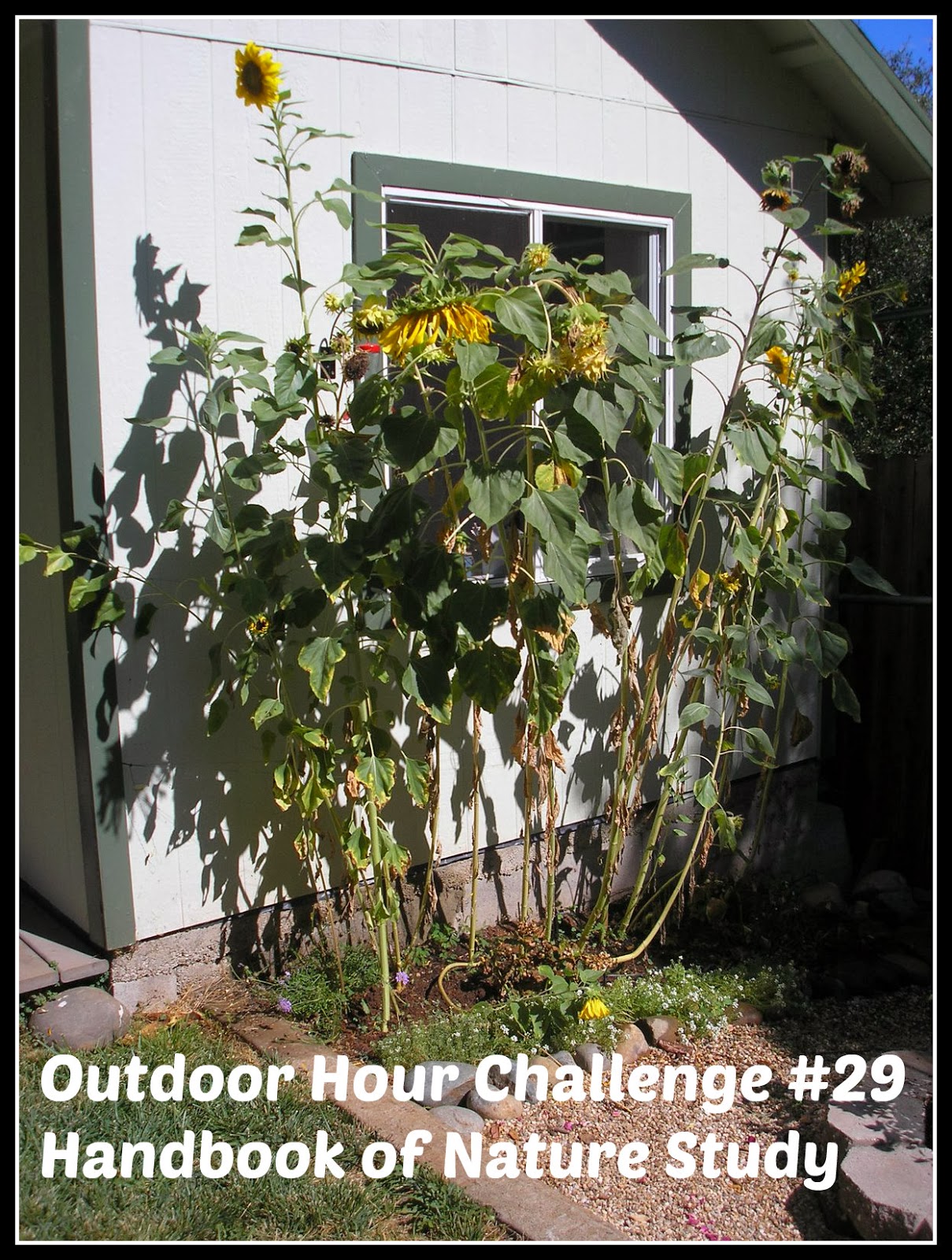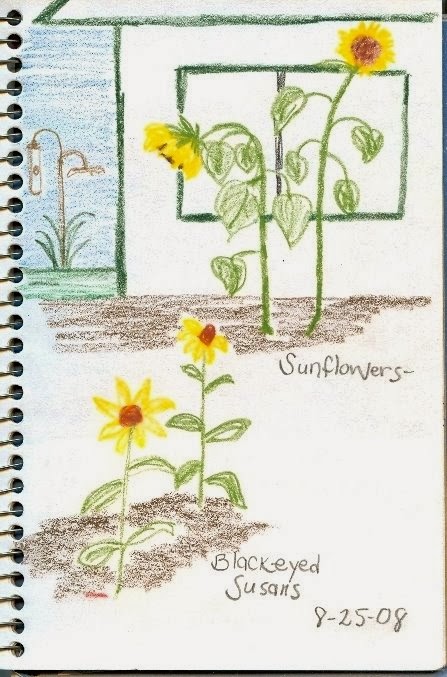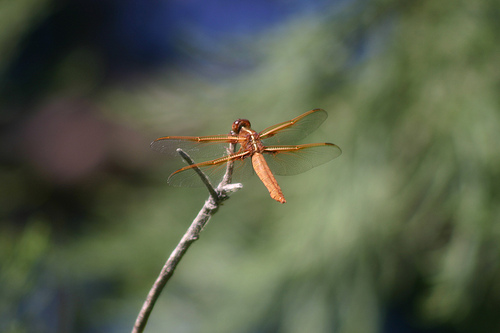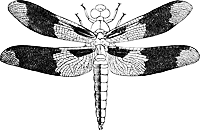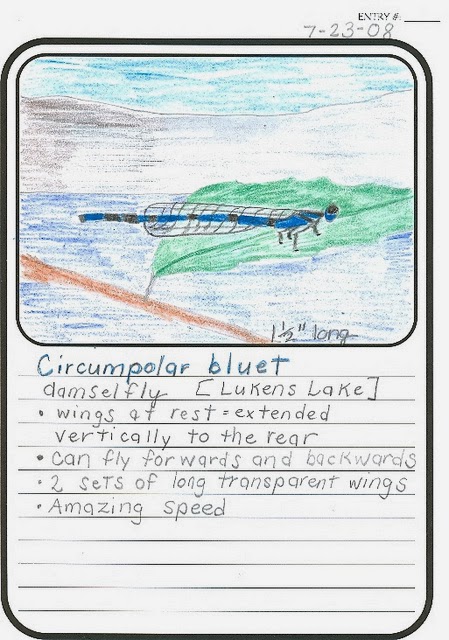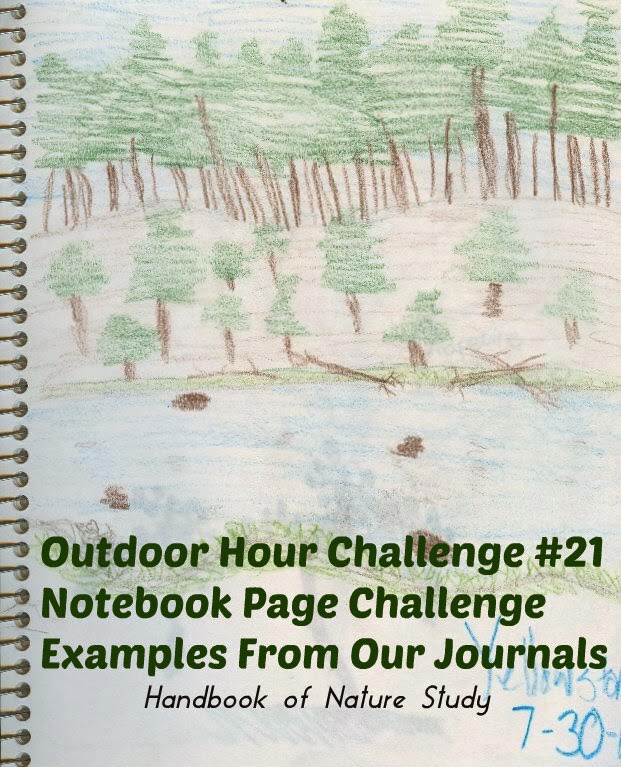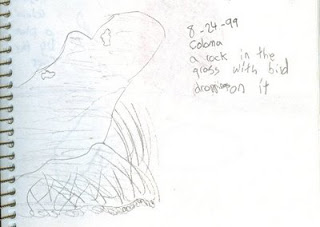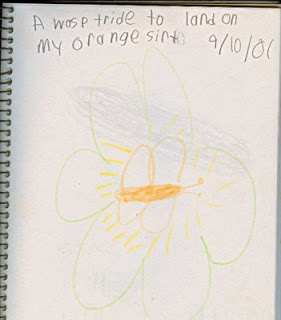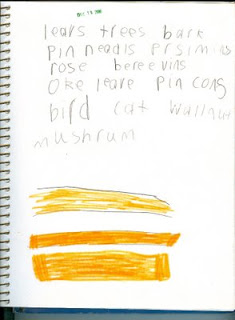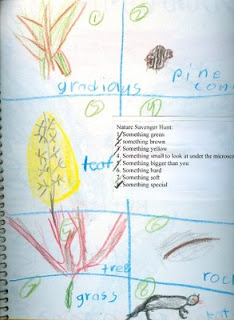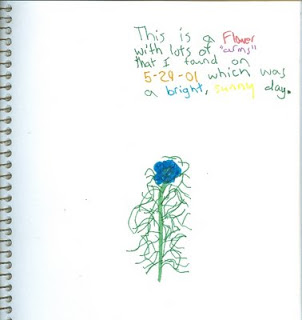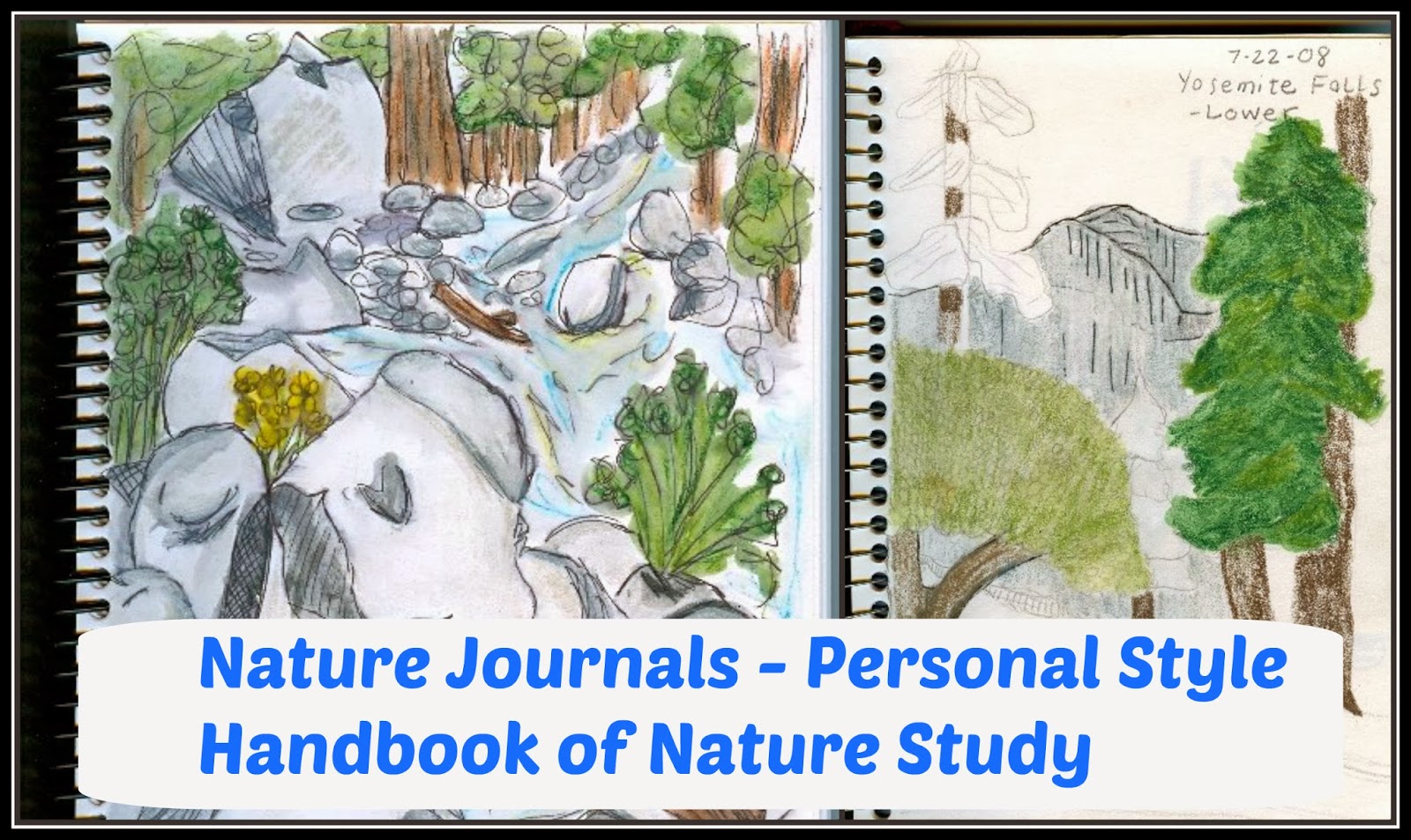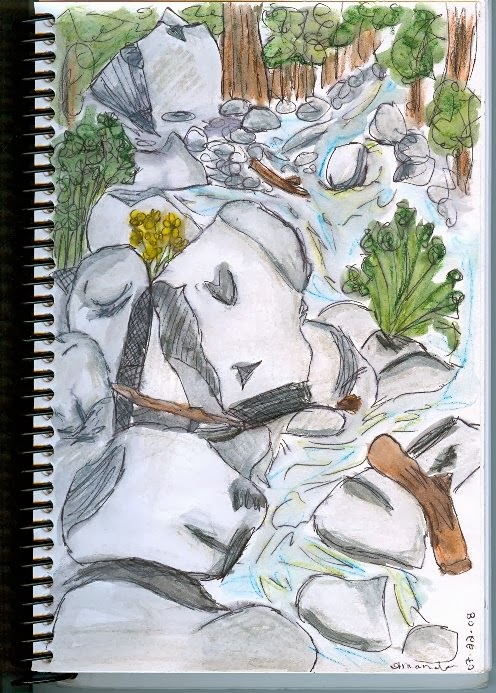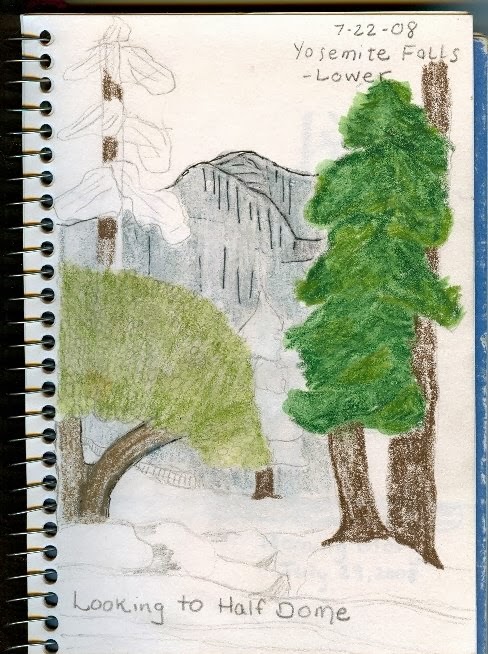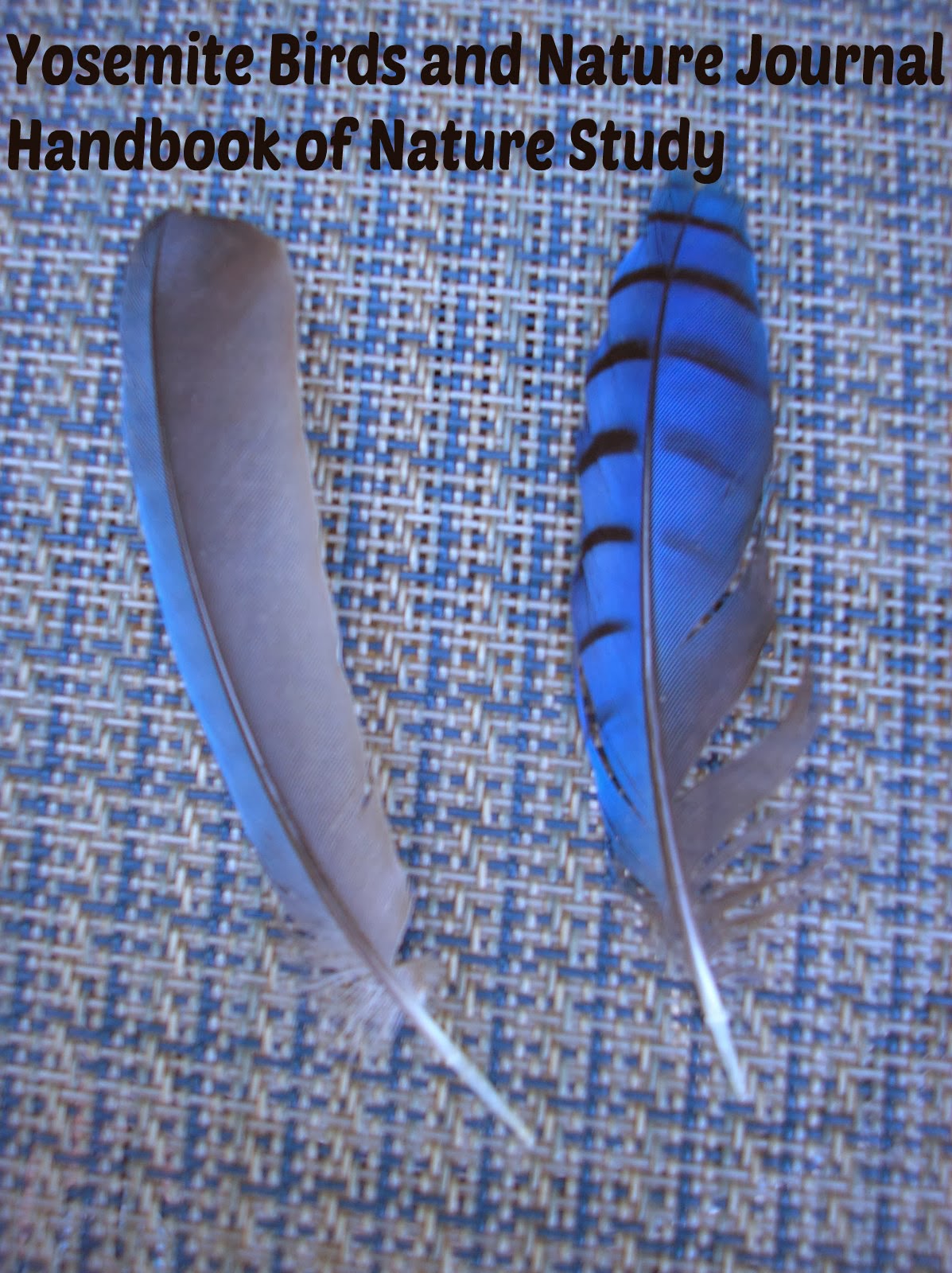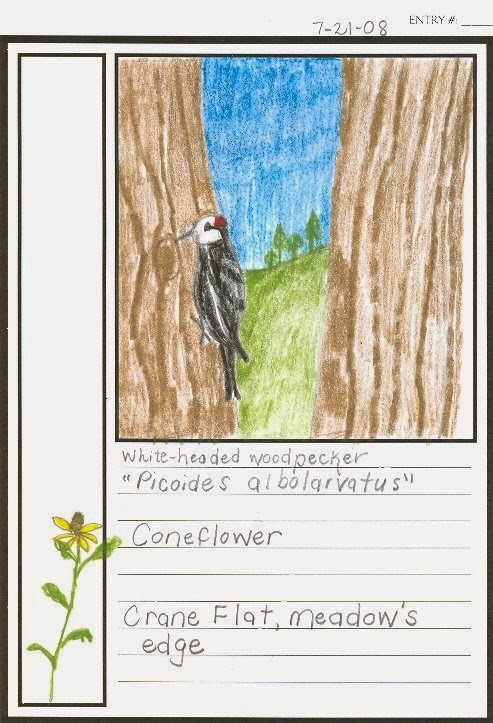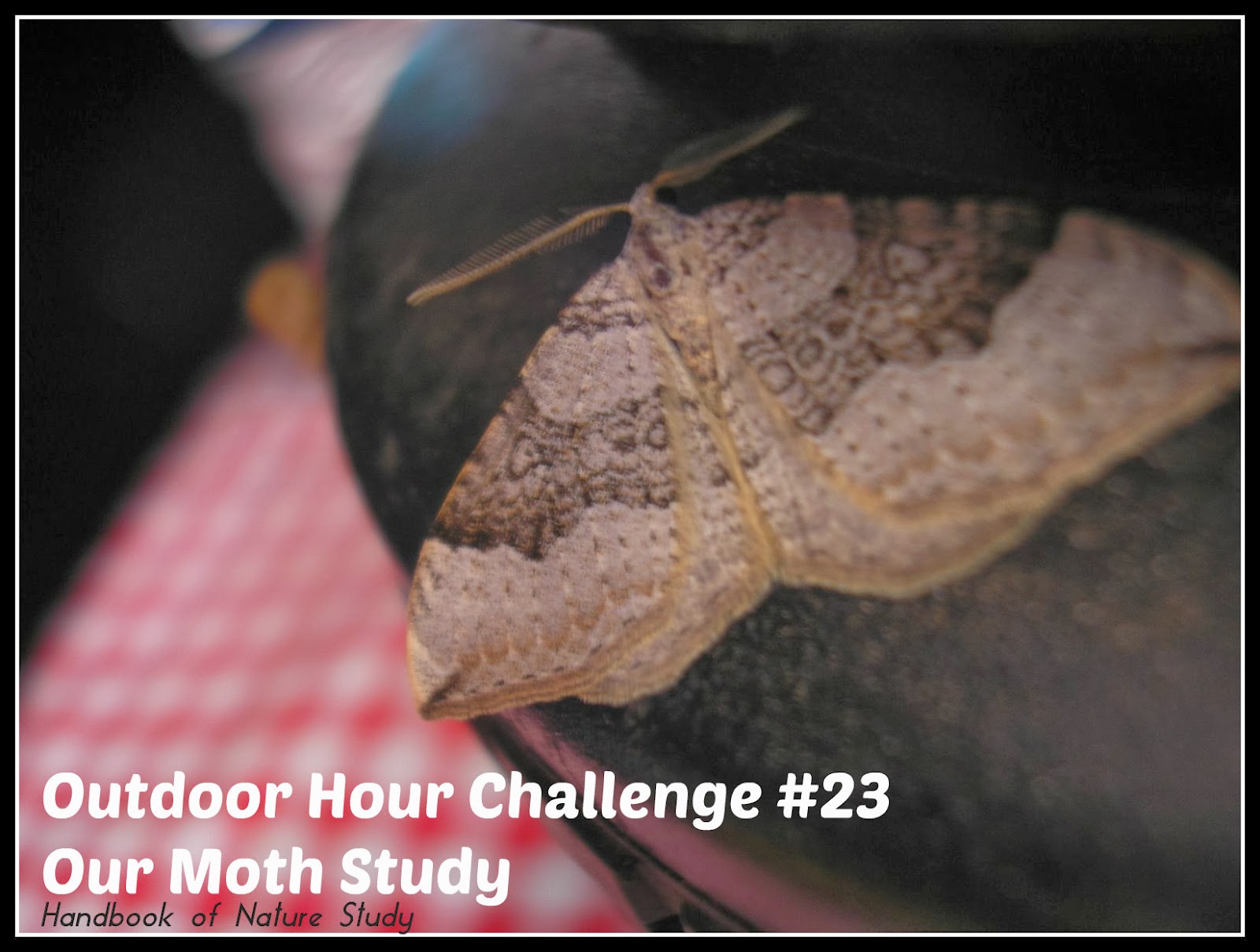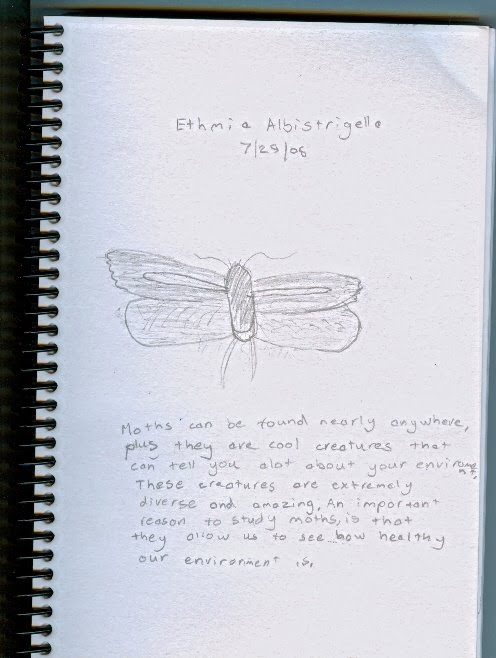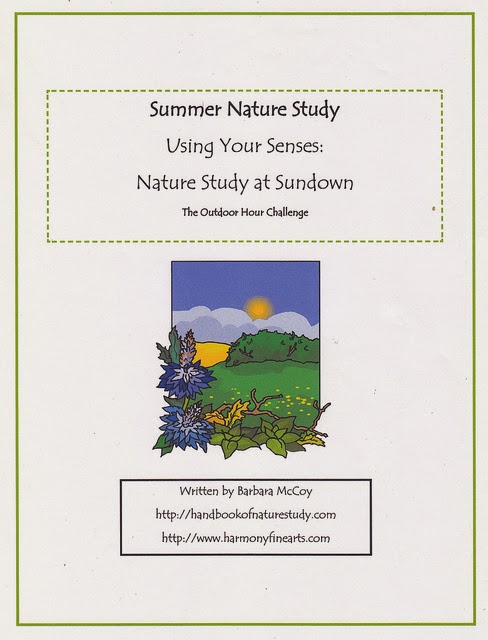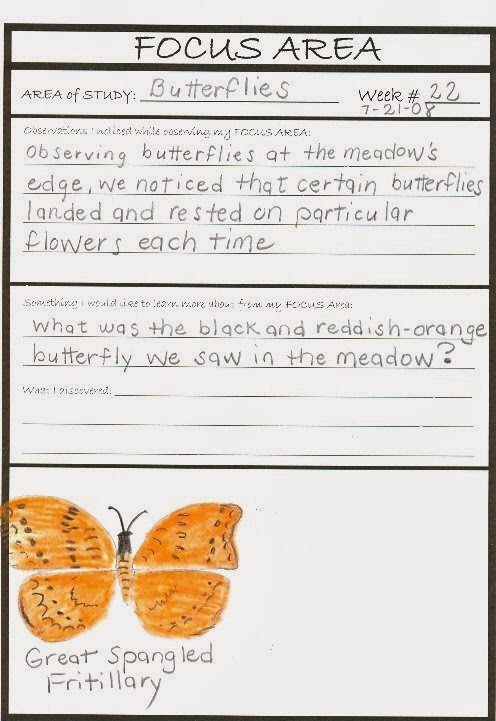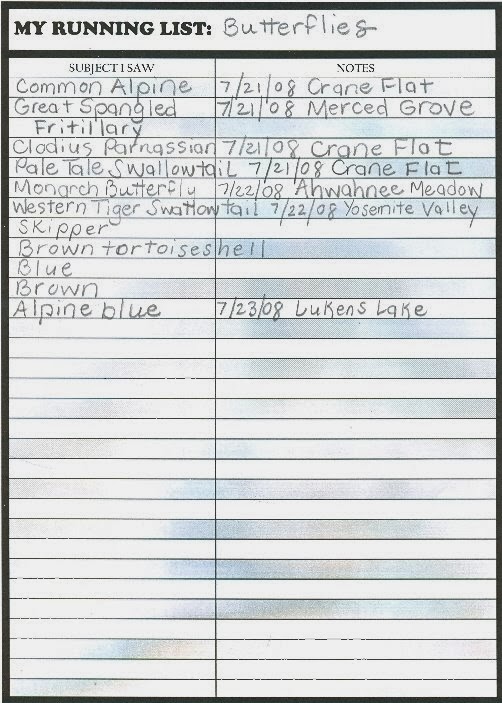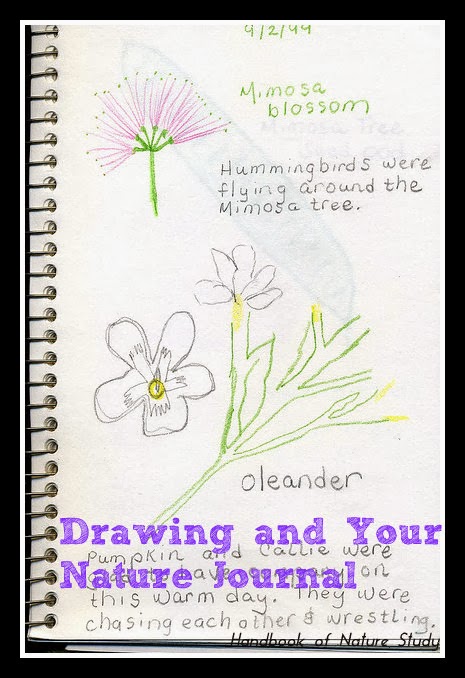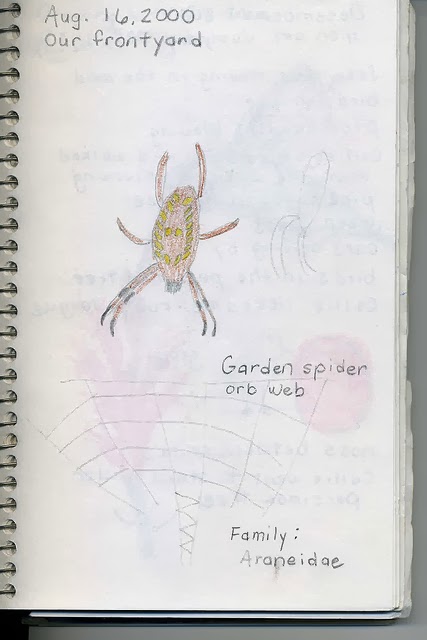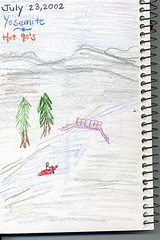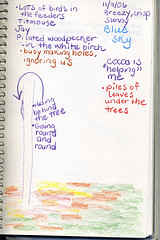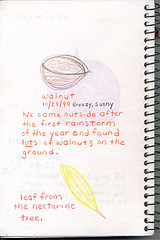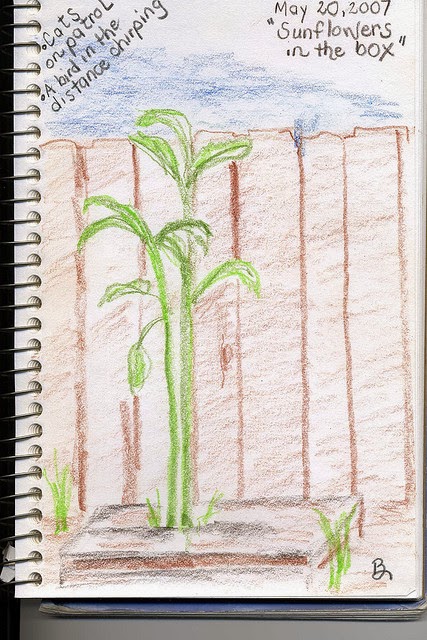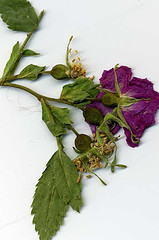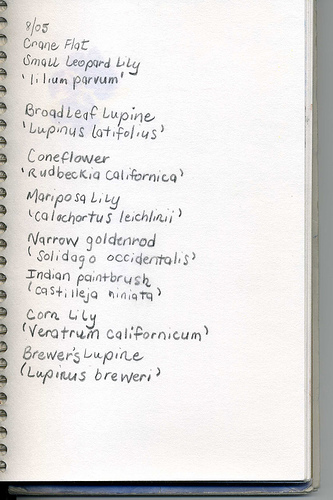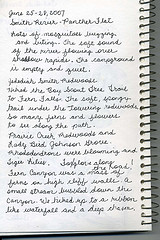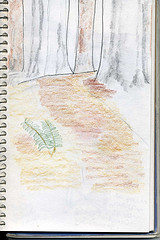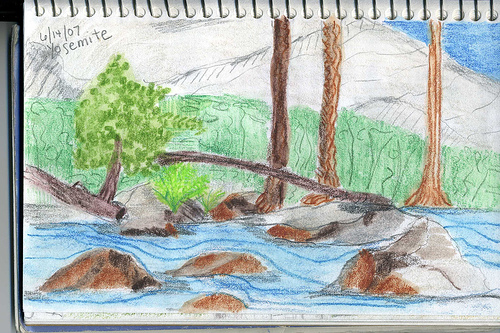There is nothing more refreshing than soaking your toes in the crystal clear water of mountain lake. It is one of my favorite things to do on a hot summer day. We started out at our house with the temperatures at around 97 degrees and by the time we drove the one hour trek up and over the mountain it was around 82 degrees and breezy at the lake. As the afternoon wore on, it cooled to a perfect 78 degrees.
We had some beach time, a long walk, and then we grilled up some dinner.
Someone had piled the rocks up at the lake’s edge and it captured my attention as I waded along the edge. A lone duck swam by and decided to get in the photo for all of us to enjoy.
The pinecones are littering the forest floor and you can see how dry this area is in the summer. Not much rain falls here in this season except for the occasional late afternoon thundershower. Many of the forest animals use the pinecones for food. This forest is mostly Jeffrey Pines and Lodge Pole pines.
We had a late afternoon bbq/picnic that was yummy. The best part of our bbq according to the boys was the marshmallow roast. Afterwards, the skewers were used for a little sword fighting…of course.
I am still working on drawing trees in my nature journal. Each time they look a little different but not quite right yet. 🙂 I will not let it stop me from trying though since I still love the memory attached to each imperfect tree I draw.
We saw many Brewer’s blackbirds with their “distinctive yellow eye”. The other bird that we observed in an unusually large number was the American robin. The robins were actually being chased by the Golden mantled ground squirrels that were running around gathering seeds. As we were eating our dinner, three white headed woodpeckers were climbing up and around a tree just across the path.
The leaves on this aspen looking like jewels fluttering in the breeze. The leaves have the slightest hint of yellow, letting us know that fall is coming quickly.
I am really surprised to see that the aspen tree is not included in the Handbook of Nature Study. I found a great additional resource for California residents to use as a supplement to the Handbook. It is called, California Forests and Woolands: A Natural History by Verna R. Johnston. I love to read the narrative style of this author and the sections are the perfect length to read out loud to the family after a nature walk. I highly recommend it to California residents.
In this additional resource, it has a wonderful description of the aspen tree starting on page 140.
“The most widespread tree in North America, Quaking Aspen in California occupies a narrow zone through the high elevations at 6,000 to 9,000 feet, from San Bernardino Mountains of southern California to the Oregon border. It’s airy, sun-dappled groves enfold white trunks supporting leaves that shimmer in the slightest wind on their slender, flattened leaf stalks.”
The end of another great afternoon was spent watching the creek from the bridge. We were observing the crayfish (crawdads) in the creek and some small little fish. In a few weeks, this creek will be filled with spawning Kokanee salmon that swim upstream. Can you see our reflection in the water in the photo above?
I just hate to see the days getting shorter and shorter. We spent some time outside last evening on our back deck just taking in the sounds and sights of the darkness of the late summer twilight. We heard an owl screeching in a tree in our yard and we saw two shooting stars. The air was warm and we were feeling a little melancholy about the changing of the seasons. My husband and I are both very much summer people so when the change to fall hits we feel it acutely.
We are busy squeezing as much summer into our days as possible.

